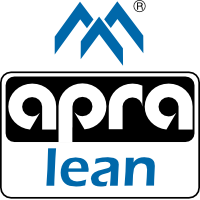The 5 lean principles
- Plan efficient processes and avoid waste
‘Nobody plans to fail, but most people fail to plan’
(Unknown)
This article explains the 5 lean management principles that form the guidelines for reviewing the existing system:
⚙️ Define value from the customer's perspective: The first of the lean principles says to check exactly what is to be produced in order to match the products precisely to the customer's needs. The customer should receive their customised product in the best possible quality at an adequate price, at the right time and in the right place for them.
⚙️ Identify the value stream: The next of the lean principles involves looking in detail at all the processes that are necessary to create the services. The value stream describes all activities that are actually required to manufacture the product. All other activities that are not required must be eliminated from the process in order to avoid waste. In addition, all resources should be utilised efficiently.
⚙️ Implement the flow principle: The flow principle describes the organisation of production as a continuous and smoothed process. Intermediate storage and buffer stocks lead to costs. The prerequisite for flexible, order-related and efficient production control is the elimination of bottlenecks, harmonisation of production and alignment with the value stream.
⚙️ Introduce the pull principle: Machines are not utilised according to maximum capacity, but production only takes place when the customer orders or stock levels have reached a minimum. In the fourth of the five lean principles, the pull principle, products are pulled through production from the customer instead of being pushed into production by planning specifications in order to achieve 100 per cent delivery reliability. The storage of partial products and finished goods and the associated search and transport costs are eliminated.
⚙️ Strive for perfection: The last step within the five lean principles describes the continuous pursuit of perfection. Because according to the lean management concept, standing still means going backwards. The continuous improvement process (CIP) should constantly encourage employees to question processes and contribute ideas in order to avoid falling back into old behaviours and bad habits.
▶️ Tip: It all sounds kind of easy, but it's not! Our tip is therefore to rely on professional support, especially at the beginning. There are a sufficient number of lean consultants, process optimisers and workplace designers. It is important to ensure that the advice you receive is closely related to practice.
🎯 The result: With the right methods and professional support, it is easier to get started with lean management.
Our products
-
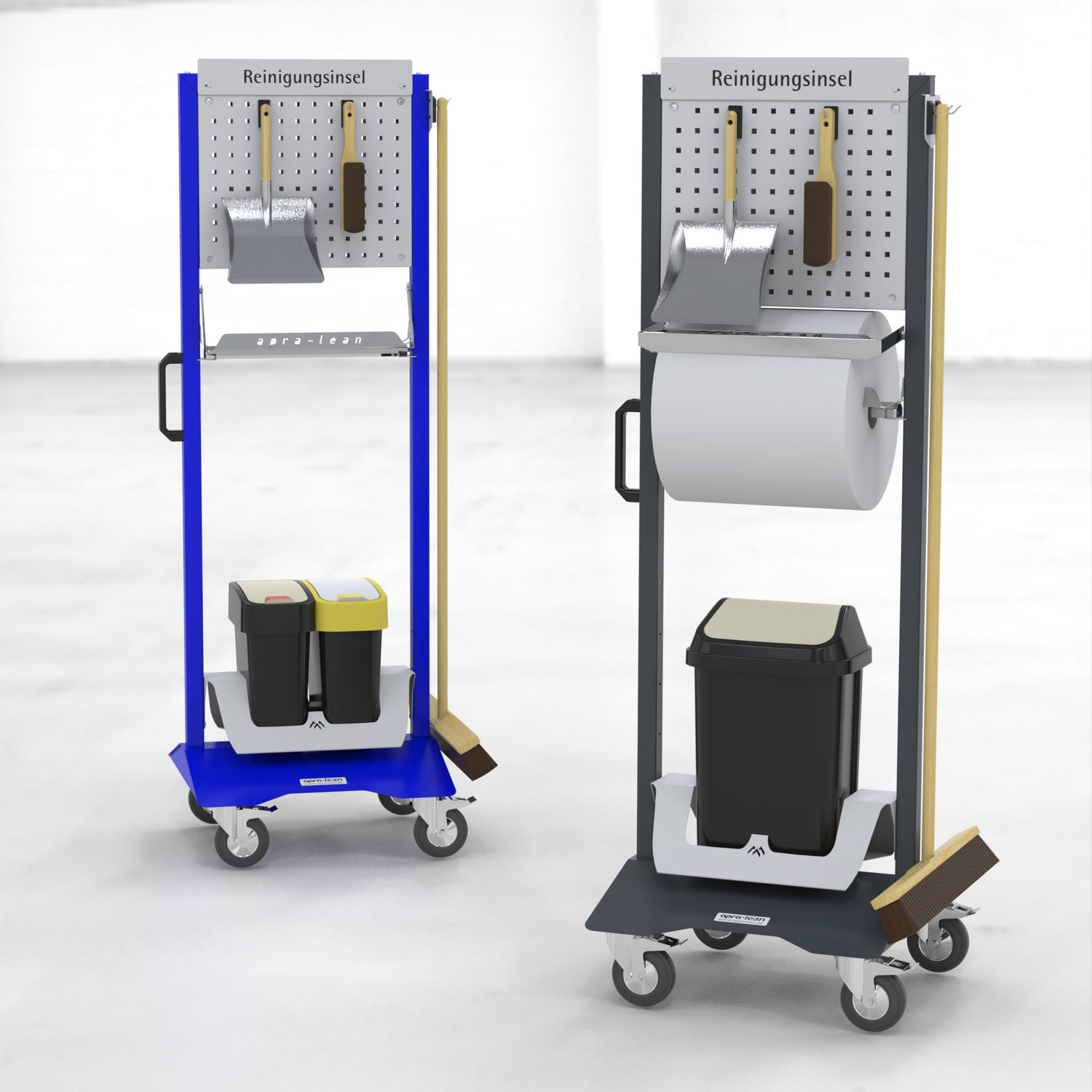
5S Cleaning and Hygiene
Cleaning stations for production, workshops and officesThe apra-lean cleaning stations offer an...
-
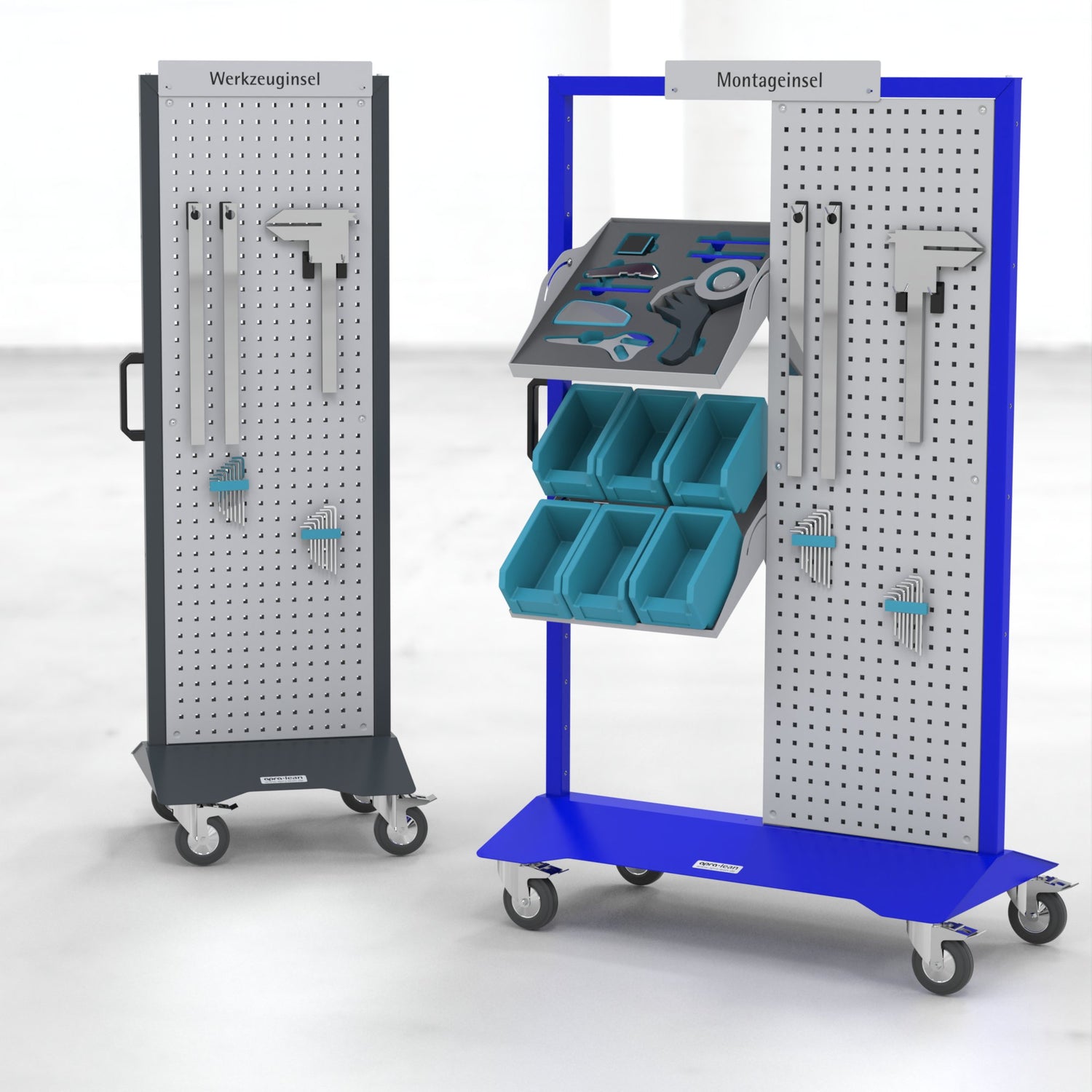
5S Production / 5S Assembly
Process stations for production and assemblyThe apra-lean process stations are compact and...
-

First aid and Safety
Safety and a quick response option in the event of emergencies in...
-
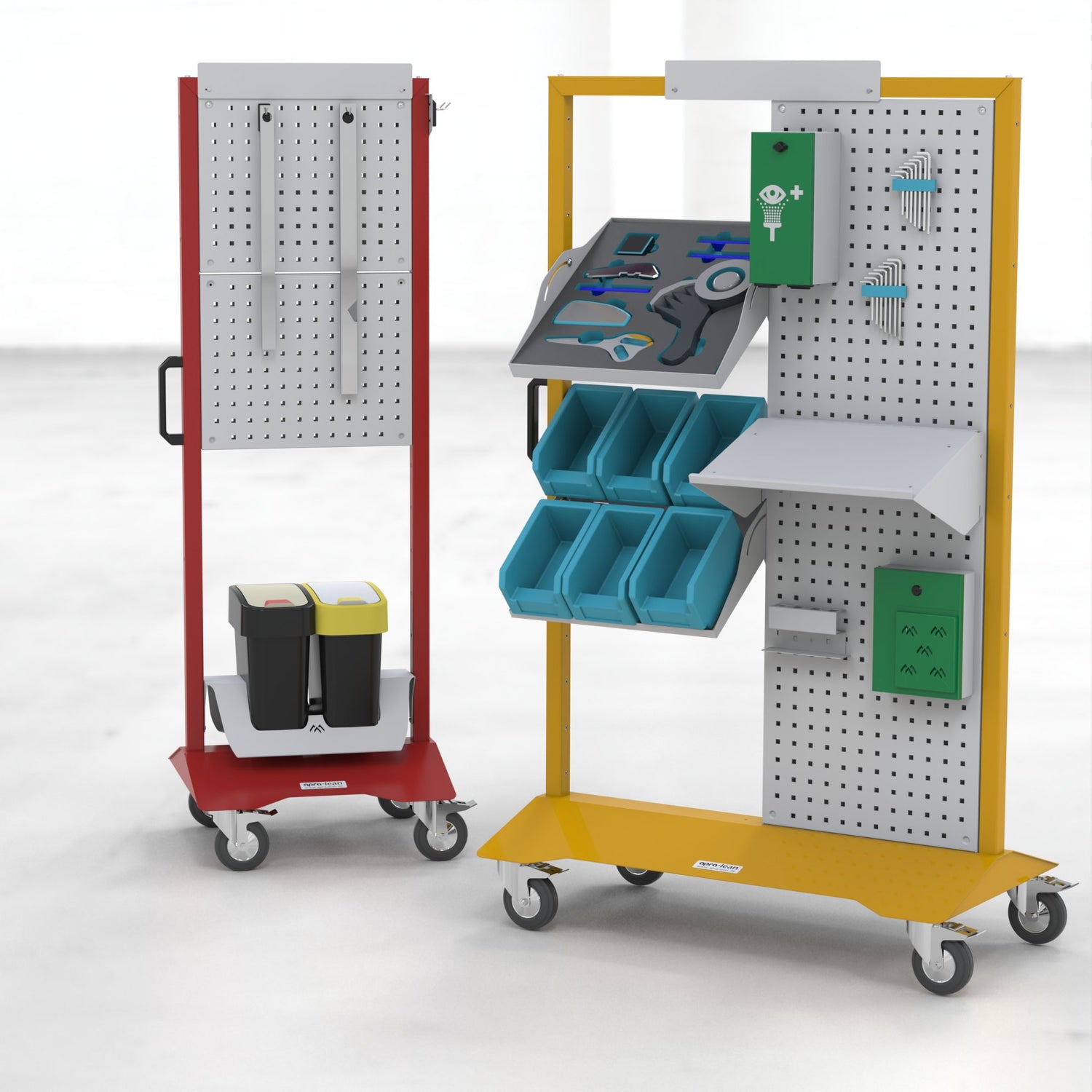
Customised solutions
Wir entwickeln gemeinsam die perfekte Lösung für Ihre Anforderungen!
-
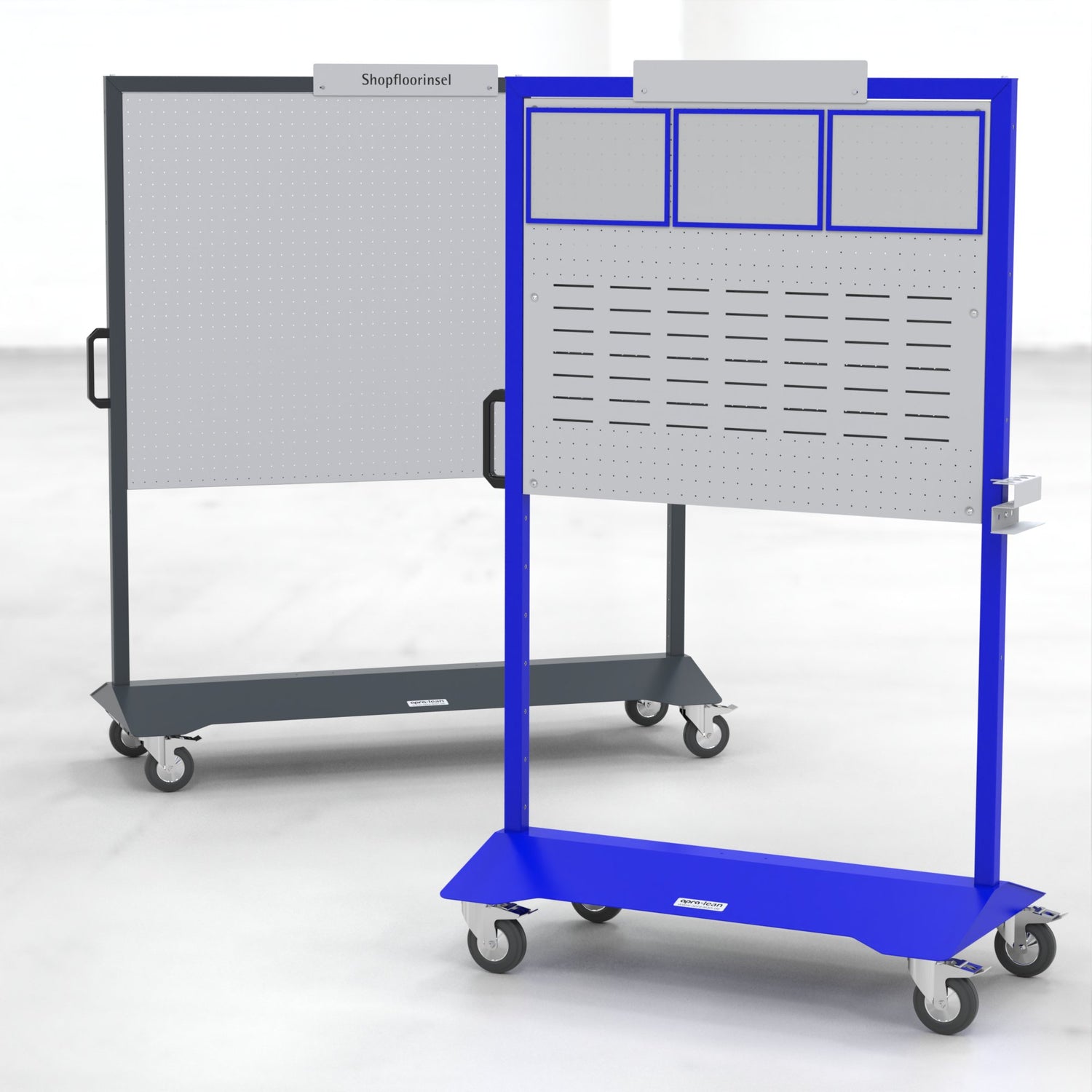
Shopfloor Management and Workshop
The shop floor station is a mobile information board for use in...
-

Accessories
Expand your process stations individually with the right accessoriesMaximise the efficiency and...
